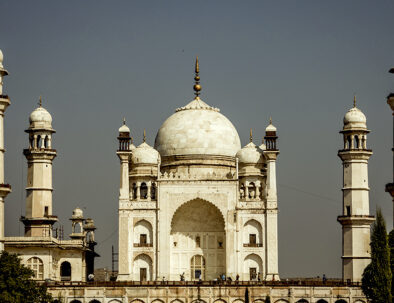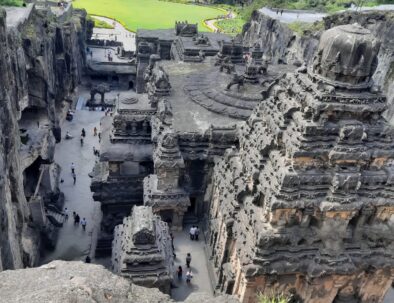
Ajanta caves
Extraordinary Buddhist paintings
A private guided tour to Ajanta Caves to marvel at India's first world heritage site. Ajanta Caves are a magnificent set of 30 rock cut Buddhist caves. Famous for Buddhist Paintings and Sculpture, Ajanta Caves are a UNESCO world heritage site. More than half a million tourists visit Ajanta Caves every year to look at the spectacular collection of Murals and sculptures. The cultural influence of Ajanta during the 1st and 2nd century BC not only extended all over India but also to far flung areas like Java in modern Indonesia. Ajanta Caves definitely feature in my list of places to see before you die.
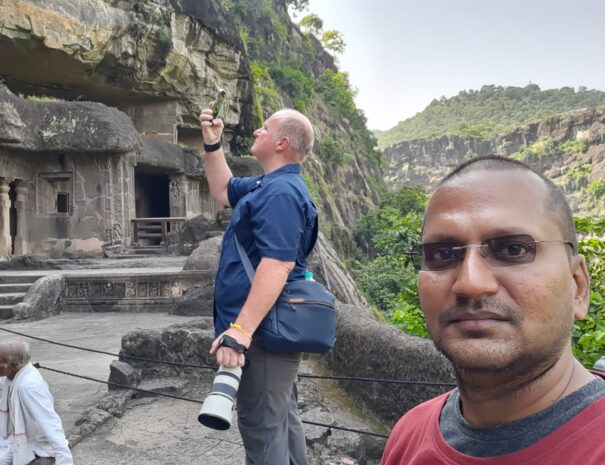
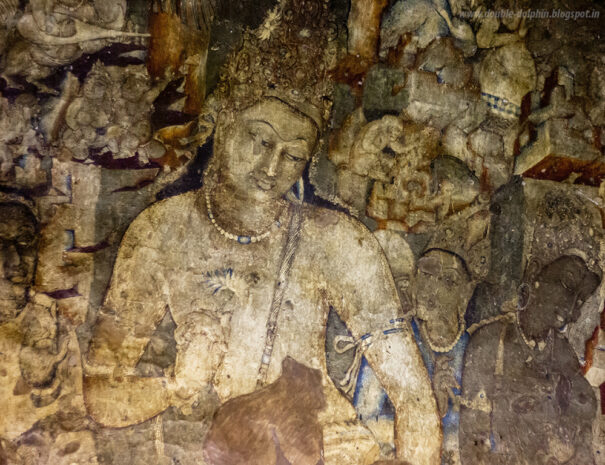
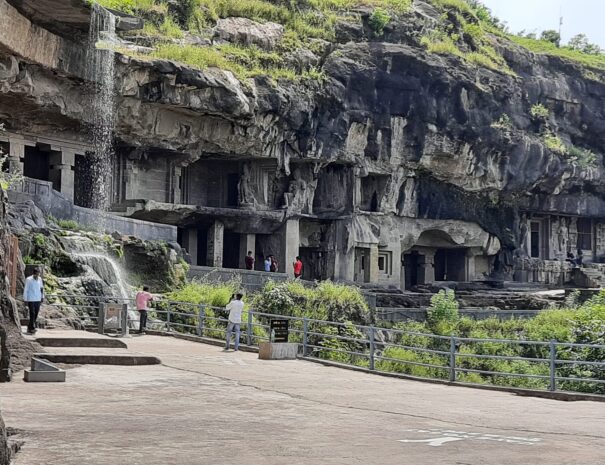
Discovery
Ajanta caves were discovered by John Smith, a British army officer in 1819. It was the 28th of April in 1819 when Smith, accidentally discovered the entrance to Cave No. 10 while hunting for Tiger.
Jataka Tales
The theme of most of the Caves is excerpts from Jataka Tales. These relate to the life of Buddha before he was enlightened. Cave 1 has the two most famous images at Ajanta in the form of figures of the protective bodhisattvas Padmapani and Vajrapani on either side of the entrance to the Buddha shrine.
Carved into the cliffs
Ajanta Caves were carved by cutting into the side of a cliff that is on the side of a U-shaped gorge, beside the River Waghora. There are 30 caves in Ajanta of which 9, 10, 19, 26 and 29 are “Chaitya-Grihas” or Prayer Halls and the rest are Monasteries.
Tempera technique
The paintings in most Caves were done in the tempera technique on the ground of mud plaster. More than 500 stories from Jataka Tales have been painted on the walls.
Phase 1
Ajanta Caves were built in 2 phases. The first phase was in 2nd century BC when the older form of Buddhism called Hinayana was prevalent. The Buddha is represented here in the form of pillars, stupas and footprints. The first caves were hewn from the bare rock at the time of The Sātavāhana Empire which started around 230BC.
Phase 2
The second lot was built around 400 AD according to tenets of Mahayana which gave Lord Buddha a human form. Emperor Harishena of the Vakataka dynasty was the patron for the second phase of Ajanta Caves. Even the architectural style shifted between the Hinayana and Mahayana periods, from “Vihara” halls for prayer and living in the shape of a rectangle with small square dormitory cells cut into the walls, to a sanctuary at the rear centered on a large statue of the Buddha.
Guided Tour
Ajanta Caves tour is a guided tour where an expert guide will provide the cultural context during our visit to the caves. Our cultural evangelists unpack authentic India for better comprehension and appreciation of the cultural and heritage of the ancient Indian civilization.
Private Tour
A private tour ensures that we are able to focus all our attention on you and adjust the pace of the tour according to your interests. Pick and drop from your hotel in an airconditioned vehicle is included in the Ajanta Caves tour.
Strenghening local community
Our company is helping the local community by training & employing local guides. This initiative is to ensure travel dollars stay where they are spent.
Tripadvisor Reviews
Listen to a podcast
Pricing chart
- Pick & drop
- Travel by Innova
- Guide
- Entrance charges
- Indian Vegetarian lunch
- Pick & drop
- Travel by sedan
- Guide
- Entrance charges
- Indian Vegetarian lunch
- Pick & drop
- Travel by sedan
- Guide
- Entrance charges
- Indian Vegetarian lunch
Trip Itinerary
Experience cultural immersion in the Ajanta Caves tour.
Related Tours
Choose from our comprehensive list of private guided tours that are immersive cultural experiences.




